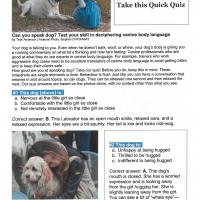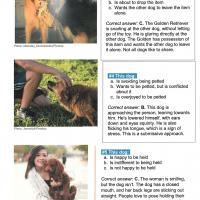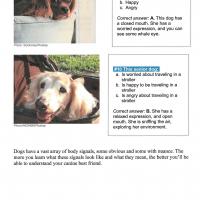Animal bites should be reported to the Health District within 24 hours of the incident.
The Wayne County Health Department is open from 8:00am to 4:30pm, Monday-Friday
Call Sheriff's Department on weekends after hours
For emergencies call 911
All dogs shall be vaccinated against rabies and must wear a rabies tag and owner must keep a rabies certificate.
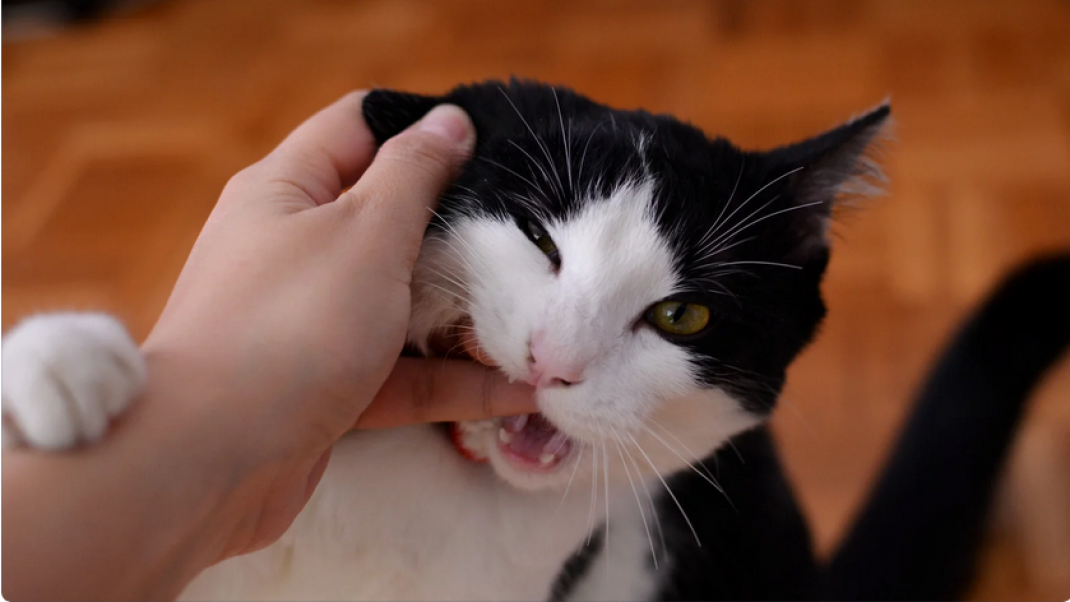
The Rabies Control Program includes:
- Investigation of all animal bites
- Laboratory examination
- Recommending rabies post-exposure vaccine
- Any animal that bites is required to be quarantined following the bite incident.
- Animals that have bitten are not confiscated or euthanized.
- Below is more information on Rabies Prevention.
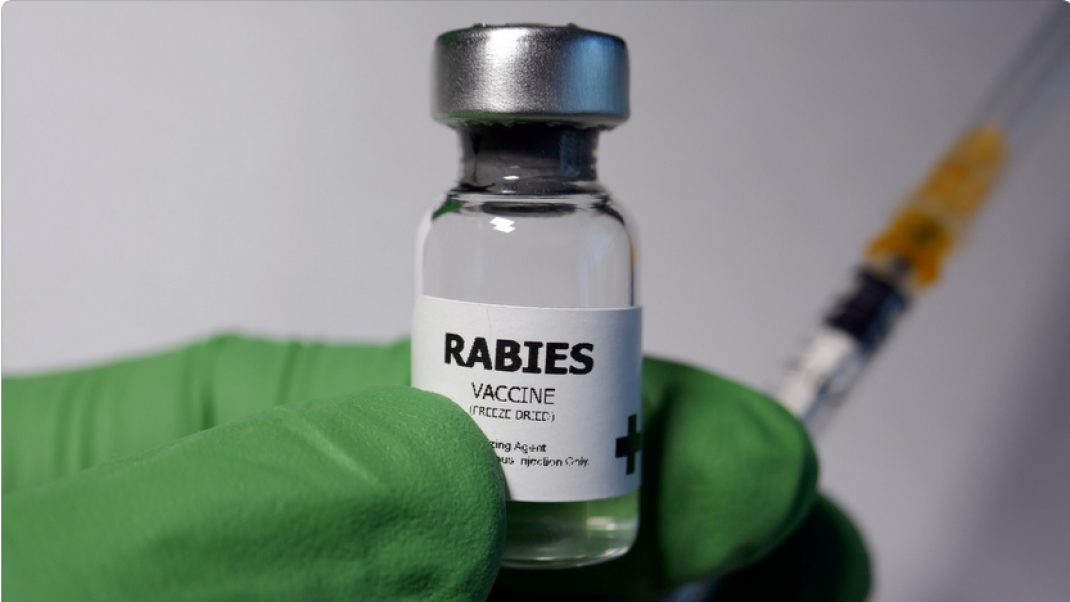
PROGRAM GOAL
To prevent human cases of rabies by investigating all reported animal bites, and by vaccinating dogs against rabies.
PROGRAM RESPONSIBILITY
The Board of Health is charged with the enforcement authority of Ohio Administrative Code 3701-3-28, 3701-29 and 3701-3-30.
These sections cover the quarantine, vaccination, and examination of animals involved in reported biting incidents.
Rabies is an acute viral disease that attacks the nervous system of warm-blooded animals. The present raccoon rabies epidemic was first confirmed in the Mid-Atlantic and North-eastern states in 1977, and has continued to spread to other states. Wayne County Ohio DOES HAVE positive rabies in bats.
Rabies is most often spread from animal to animal or animal to humans, through bites, cuts or scratches. Hundreds of animal bites are reported in Wayne County each year. The rabies virus passes from the sick animal's saliva through the wound into the victim's skin. Any warm-blooded animal can contract the illness; however, typical wildlife rabies is spread by raccoons, skunks, bats, and fox. In past few years, several rabid animals (all bats) have been found in Wayne County. Infected wild animals can pass rabies to pets. Animals which are very rarely affected are rats, mice, squirrels, hamsters, and rabbits.
Early symptoms include pain or numbness at the site of the bite, fever, sore throat, nausea, abdominal pain, paralysis, spasms of throat, convulsions, coma, and death. When started in time, rabies treatment allows our bodies to fight the virus. Fortunately, few human cases of rabies are reported (1 case in Ohio since 1970 and 32 cases in the U.S. between 1980-2017).
Un-vaccinated or stray domestic animals are still the greatest threat to humans. Animals who exhibit unusual or abnormal behavior should be considered a risk. Rabid animals may stagger, appear restless, change the tone of their bark or growl, appear to be choking, or become excitable/irritable or aggressive. Any unfamiliar animal, wild or domestic, acting in a strange or unusual manner should be treated with caution - and avoided.
- Vaccinate pets regularly.
- Do not feed or handle any wild or domestic animals, especially those that act in an unusual manner.
- Teach children to stay away from wild animals and unknown cats and dogs, and to tell you if they have been scratched or bitten by an animal.
- If bitten or scratched, see your doctor and report the bite to the Wayne County General Health District.
- Avoid touching dead animals.
- Keep lids on garbage cans and secure trash.
- Feed pets indoors and never leave them unattended outdoors.
- Report contacts between your pets and wild animals to your veterinarian.
Immediately, wash the wound with lots of soap and water. See your doctor and follow their recommendations. If it can be done safely, try to detain or hold the animal, so it can be quarantined/tested for rabies. Avoid injuring the head of the animal.
Report the bite to the Wayne County Health Department and provide the following information using this Bite Report Form located at the bottom of this page.
There is still no cure for rabies once symptoms develop. The disease can be stopped in people if a series of rabies immunizations are given soon after the exposure to the virus. Untreated, rabies is almost always fatal in both humans and animals.
Patient evaluation following an animal bite:
- Wash the wound well with soap and running water
- Assess the need for a tetanus vaccination booster
- Assess the need for antibiotics
- Assess the need for primary wound repair
- Assess the need for rabies post-exposure prophylaxis (PEP)


